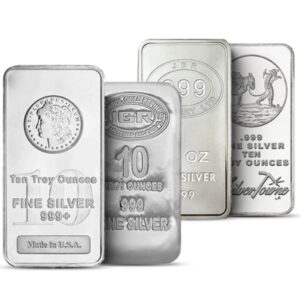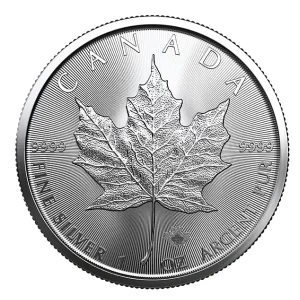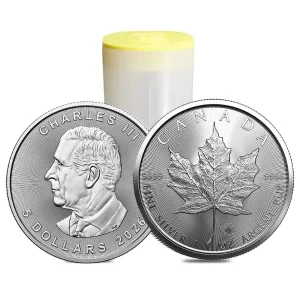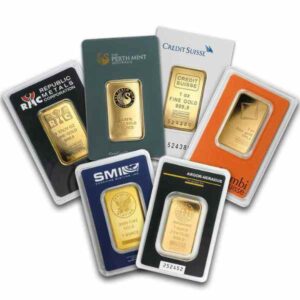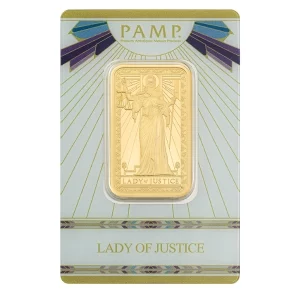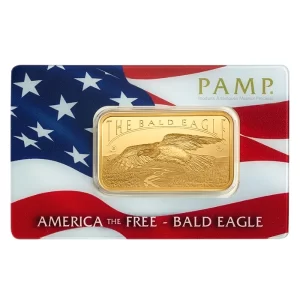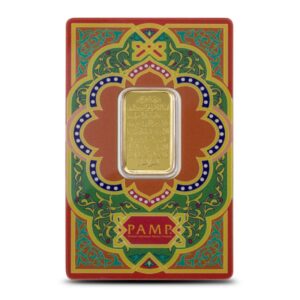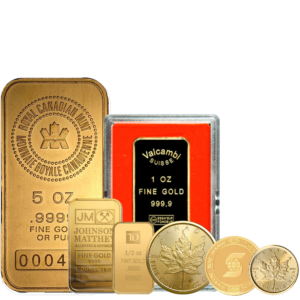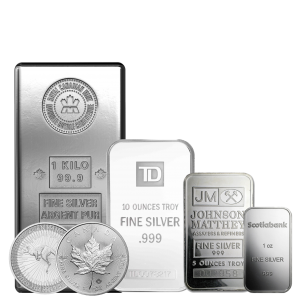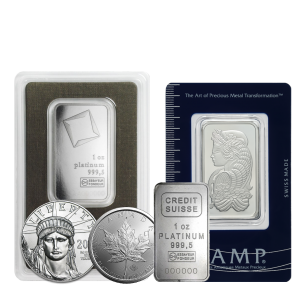To finish this week, we are going to unpack the latest stories shaping the financial landscape. From currency fluctuations to strong precious metals markets, 2025 is proving to be a year of volatility for investors leaving some people thriving, others holding on, while many have long been thrown overboard. As always, precious metals continue to be the life preserver many have been searching for in the rough financial ocean we find ourselves in today. Without further ado, let’s dive into the key developments driving markets, with a focus on the Canadian dollar’s struggles, India’s gold reserve boom, the Shanghai Gold Exchange’s expansion, and the stellar performance of gold and silver to-date.
Worst of Ten
The Canadian dollar (CAD) has earned the unfortunate distinction of being the worst-performing currency among the G10 through 2024 and so far in 2025. The CAD edged lower against the U.S. dollar, dropping ~6%, and posted steeper declines against other major currencies amid geopolitical uncertainties. The CAD’s struggles stem from a combination of domestic and global factors. Canada’s economy, heavily reliant on commodity exports like oil, has faced headwinds from volatile energy prices and softening global demand due to heavy recession concerns. Additionally, the Bank of Canada’s cautious approach to interest rate hikes, compared to the U.S. Federal Reserve’s hawkish stance leaving interest rates heightened, has widened the yield differential between the two nations, pressuring the CAD further. Investors are increasingly wary of Canada’s exposure to trade disruptions, especially with potential U.S. tariffs looming under the Trump administration. For wealth preservers, this underscores the importance of diversifying currency exposure, perhaps by looking to safe-haven assets like precious metals; assets the Canadian government own none of in the event the CAD continues to weaken further leaving citizens to fend for themselves.
India’s Gold Reserves Double in Four Years
India, the world’s second-largest gold consumer, has made headlines with its central bank’s aggressive gold accumulation. Over the past four years, the Reserve Bank of India (RBI) has doubled its gold reserves, a strategic move to bolster economic stability and hedge against currency depreciation. In terms of U.S. dollars, gold represented 11.7% of foreign exchange reserves at the of March of 2025, up from 9.32% in September of 2024, and 5.87% at the end of March 2021. This aligns with a global trend of central banks diversifying away from U.S. dollar-denominated assets amid geopolitical tensions and fiscal uncertainties that have yet to be resolved. Gold’s cultural significance in India, coupled with robust consumer demand (over 25% of global jewelry demand), amplifies the metal’s role in the nation’s financial strategy. The RBI’s purchases, alongside reduced taxes on gold mutual funds and ETFs, signal a long-term commitment to gold as a store of value. For investors, India’s gold rush highlights the metal’s enduring appeal in emerging markets, especially as currencies like the Indian rupee face depreciation pressures, like other fiat currencies around the world that will always lose purchasing power over time. As seen in China below providing another example.
Shanghai Gold Exchange Expands to Hong Kong
The Shanghai Gold Exchange (SGE), a cornerstone of China’s precious metals market, is expanding its warehouse operations to Hong Kong to meet surging global demand for gold and silver. This move, reported by the World Gold Council, reflects China’s growing influence in the global gold market. Hong Kong, a key financial hub, is seeing increased demand for precious metals as investors seek safe-haven assets amid economic uncertainties and, unsurprisingly, a depreciating Chinese yuan. The expansion aims to streamline supply chains and enhance liquidity for institutional and retail investors as gold and silver become used for payments more commonly. However, China’s gold jewelry demand has weakened due to record-high prices, though bar and coin investment remains robust with buyers looking to save on premiums. 253 tons of gold bars and coins were purchased in the first three quarters of 2024 as a reminder. This dichotomy underscores the complex dynamics of China’s gold market, where investment demand offsets consumer caution. This also highlights that citizens are beginning to understand that saving in national currencies is a sure way to lose value over the long run.
Gold Soars 27% in 2025
Gold has been the standout performer in 2025, with prices climbing over 27% year-to-date, increasing 3.27% this week, and reaching a high of $3434.88 USD per ounce. This rally, which outpaced major stock indices like the S&P 500, still down 4.44% on the year, is driven by a perfect storm of factors: central bank buying (244 tons in Q1 2025 alone), geopolitical risks, and expectations of U.S. Federal Reserve rate cuts that will surely pour gas on the inflation fire. A weaker U.S. dollar and rising fiscal deficits further bolster gold’s appeal. For investors, gold remains a critical portfolio diversifier.
Silver Shines with 11% Gains
Silver, often overshadowed by gold, has posted an impressive 11% gain in 2025, a solid yearly gain, let alone in 4 months, though it trails its counterpart’s (gold) meteoric rise. Spot silver prices dipped to $32.21 USD per ounce earlier this week but remain near 11-year highs, rising 2.48% on the week. Mostly, driven by industrial demand (particularly in electronics and AI which are going nowhere fast) and investor interest in precious metals as a hedge against inflation similarly to gold. Unlike gold, silver’s price is more sensitive to industrial cycles making it more volatile, which could face challenges if global growth slows due to U.S.-China trade tariffs. However, as seen last year this can also cause silver to move much quicker than gold to the upside on a percentage basis.
Navigating the 2025 Landscape
The financial markets in 2025 are a tale of contrasts: a struggling Canadian dollar, booming gold reserves in India, and a robust precious metals market led by gold’s 27% surge and silver’s 11% rise, both outpacing major stock indexes that remain in the negative. The Shanghai Gold Exchange’s expansion to Hong Kong signals Asia’s growing clout in the global gold trade, while central banks and investors alike flock to safe-haven assets amid geopolitical and economic uncertainties that are leaving citizens across the world on the edge of their seats wondering what it all means for their wallets. For wealth-focused readers, the takeaway is clear: diversification is paramount. Gold and silver are the strongest hedges against currency depreciation and ultimately inflation and if 5000 years of history is correct, they will stay that way for years to come.
 Hi,
Hi,


